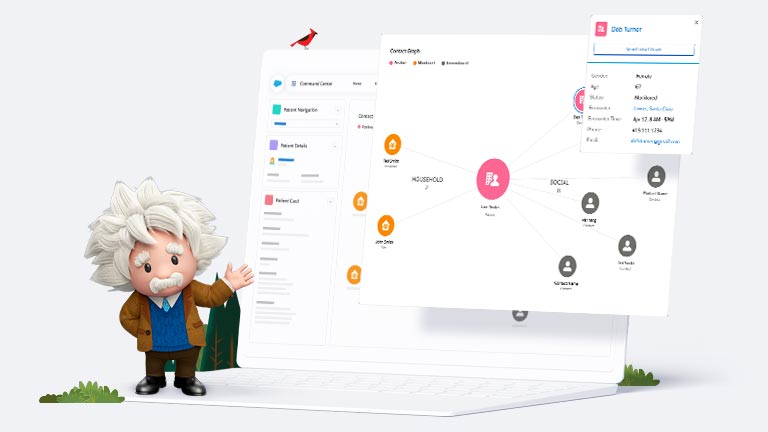Data-Driven Advertising Field Guide
TIME TO READ: 5.5 MINUTES
The world is changing faster than ever, and so is the world of advertising. Customer attitudes and expectations are evolving as rapidly as the digital channels and platforms we use to reach consumers, and new privacy regulations like GDPR and CCPA have only added to the uncertainty faced by the global ad business. In response to these changes, marketers’ top three priorities are now innovating, engaging customers in real time, and complying with privacy regulations.
But no matter what changes about advertising, there’s one thing that can’t change — and that’s the fact that successful advertising is (and has been for the last century) about testing and measuring data so you can understand your customers and have the most relevant conversations possible. With today’s data and technology, marketers have the opportunity to understand their customers better than ever.
This field guide is your introduction to the data-driven future of advertising, from customer-centric strategy development to cross-channel campaign launch and data analysis.
Three steps to transformation

Chapter 1: How to understand your customers through data
Most businesses collect customer data in some way, but not all businesses proactively use data to understand their customers and make them feel known and seen in helpful ways. When your customer data is connected together through the right technology, it can be a treasure trove of insights that can help you build better journeys for your customers. That might be why 78% of marketers describe their customer engagement as data-driven.
Start every customer relationship with consent.
Data privacy laws are evolving worldwide, and what was appropriate a few years ago may now give rise to complaints or even legal action. Respecting privacy and providing transparency are key to building trusting, empathetic customer relationships through data your audience wants you to have. That’s why the world’s most popular internet browsers are phasing out support for third-party data collection, and leading marketers are now shifting their focus to first-party data — which customers give companies permission to collect.

Fifty-eight percent of customers are willing to share their information if they’re comfortable with the value they receive in exchange, so many marketers are taking steps to meet and even exceed today’s privacy regulations. To do this yourself, you can communicate with customers to ensure consent and use data privacy tools that add consent forms and steps to your customer journeys. Just remember that the privacy landscape is changing fast, so it’s best to use tools that can help you adapt quickly.
Step away from silos and connect customer data.
The data-driven future of advertising is only possible through data unification. Today’s leading marketers are using marketing automation to unify anonymous channel data through data management platforms (DMPs) — which they then combine with customer profiles stored in customer data platforms (CDPs) to create a single view of all known customer activity across every channel. In a nutshell, that’s the key to data-driven advertising.
To start unifying data sources, it’s important for marketers to work with other departments such as sales and customer service to evaluate all relevant data across the company. You may even need to reach out to outside agencies and partners to get a handle on all your past customer interactions.
Once you know where your data is, it’s just a matter of accurately organizing and uploading it to your DMP and CDP. With dedicated oversight and a little help from marketing automation, you’ll be ready to use unified data to build connected customer experiences before you know it.
Build a data strategy.
Successfully connecting your customer data starts with a clear strategy. This means you need to start with a plan and decide what kind of data you need, how you want to segment your audiences, and how you want to use data to personalize your customer engagement.
When your strategy includes detailed planning on these points, you’ll have a clear understanding of how to proceed once you start gathering customer data in a unified platform.
Chapters
Related Content

guide
How to create a customer-centric advertising strategy

Report
How to launch and measure cross-channel campaigns
More Resources

report
Marketing Intelligence Growth Report

forrester report
The Future of Advertising and What To Do Now

report







